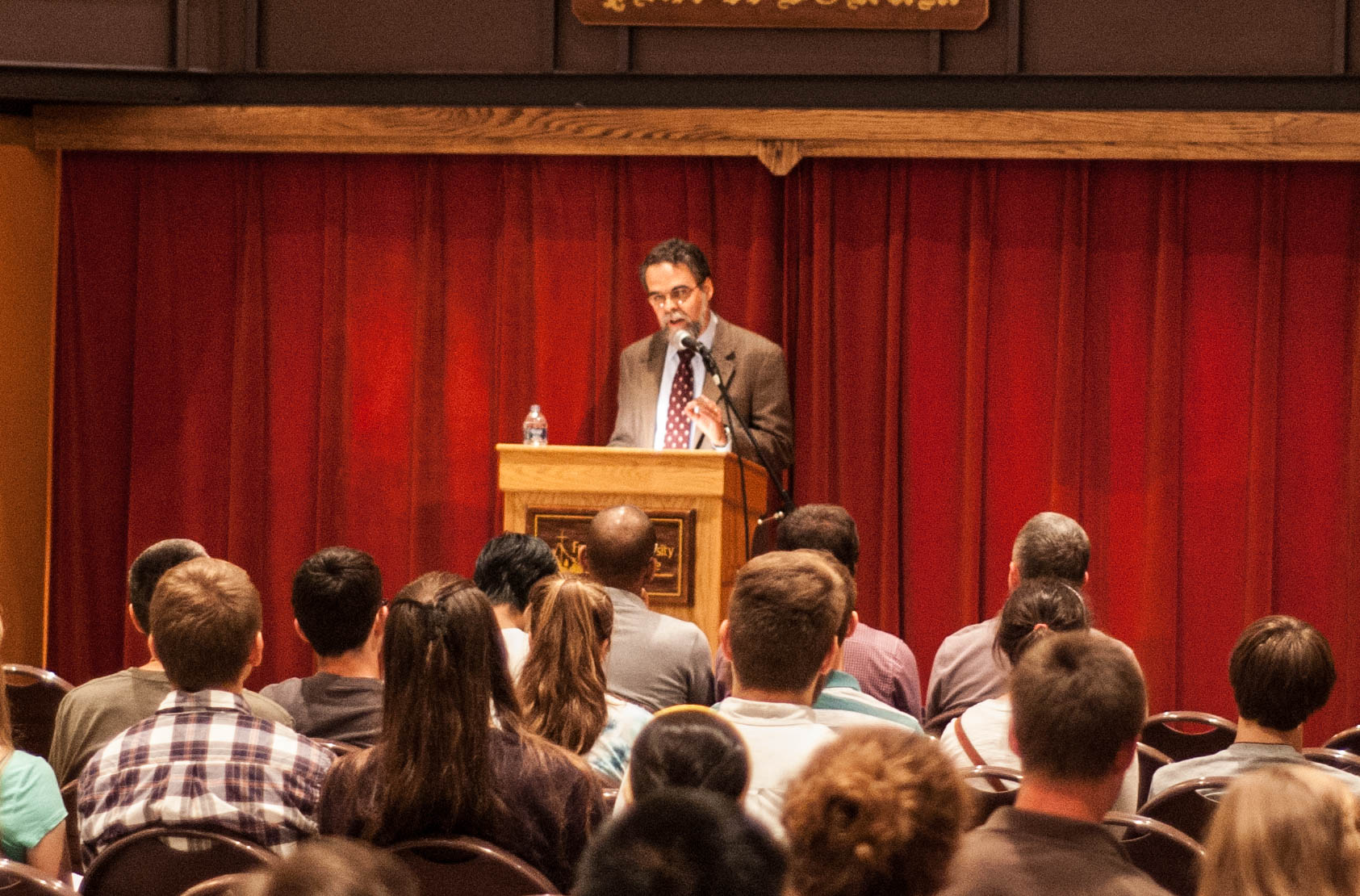
Many people have expressed an interest in hearing or reading the lecture I gave at Franciscan University of Steubenville earlier this week. The lecture wasn’t taped, but the full text is now available at Rorate Caeli. Apart from my book, this lecture is the closest I’ve come to a sort of “manifesto” of the reasons why I believe the traditional Latin Mass — and, indeed, the whole way of life and prayer that goes with it — is the way of the future, the way forward out of our ecclesial crisis. As long as we ignore the primarily liturgical roots of that crisis (a claim made specifically and repeatedly by Joseph Ratzinger), we will be bumbling along with one band-aid after another, while the bleeding continues, and the patient declines. It is time to wake up and smell the incense.
The following is an excerpt:
Rediscovering the Ancient Mass
Allow me to begin with some facts. The attendance of Catholics at Mass has been in steady decline, one might even say freefall, since about 1965—the year when huge changes began to be made to the way in which the Mass had been celebrated for centuries.[2] On the other hand, since the year 1984, when Pope John Paul II first asked bishops to permit priests to celebrate the usus antiquior or older use of the Roman Rite, and particularly since Pope Benedict XVI’s motu proprio Summorum Pontificum in 2007, which dispensed with the need for episcopal permission, the number of traditional Latin Masses available to the faithful, the number of clergy offering them, and the number of Catholics attending them have steadily increased. As of 2013, over 1,000 clergy in North America had completed a formal training program for celebrating the Extraordinary Form. In 1988, there were only about 20 places in the United States where you could find a traditional Latin Mass on Sundays; today, that number has risen to almost 500.[3] In response to an obvious demand on the part of students, faculty, and staff, Catholic colleges and universities are including the Extraordinary Form in their chaplaincy schedules. Religious orders have incorporated the usus antiquior into their way of life or even adopted it exclusively, with the result of a surge in vocations. The average age of Catholics attending traditional Latin Mass parishes or chaplaincies is lower than the national average, while the average family size is higher.[4] It is a vibrantly youthful, flourishing, and expanding movement. As Pope Benedict XVI observed in 2007:
Immediately after the Second Vatican Council it was presumed that requests for the use of the 1962 Missal would be limited to the older generation which had grown up with it, but in the meantime it has clearly been demonstrated that young persons too have discovered this liturgical form, felt its attraction and found in it a form of encounter with the Mystery of the Most Holy Eucharist, particularly suited to them.[5]
Why is all this happening? Why has the liturgical reform of the 1960s and 1970s failed to produce a new springtime in the Church?[6] What, in contrast, is the secret of the old Latin Mass’s appeal—the reason or reasons for its suprising resurgence in our day, when most of the people who celebrate or attend it were born after 1970? And how is this development good for the Church and for the New Evangelization?
In order to begin answering these questions, we need to orient ourselves correctly with respect to what the New Evangelization means and how the liturgy fits into it. One could give a number of valid formulations, but I find Bishop Dominique Rey’s the most succinct:
The New Evangelization is not an idea or a program: it is a demand that each of us comes to know the person of Christ more profoundly and, by doing so, become more able to lead others to Him. The only way to begin to do this is through the sacred liturgy, and if the liturgy is somehow not as it should be, or I am not properly prepared, this encounter with Christ will be impeded, the New Evangelization will suffer. … The history of evangelization throughout the centuries shows how the great missionaries were great men of prayer, and more specifically of authentic devotion. It also shows the correlation between the quality and depth of liturgical life and apostolic dynamism. … The New Evangelization needs to anchor itself in profound Eucharistic and liturgical renewal.[7]
Taking what Bishop Rey says, we can formulate a thesis. If the old Mass helps people to “come to know the person of Christ more profoundly,” if it helps us become “great men of prayer and authentic devotion,” if it provides superior “quality and depth,” then it is, and will continue to be, one of the most important elements of the New Evangelization.
I’d like to take an experiential or inductive approach…
Please go to Rorate Caeli for the rest.


